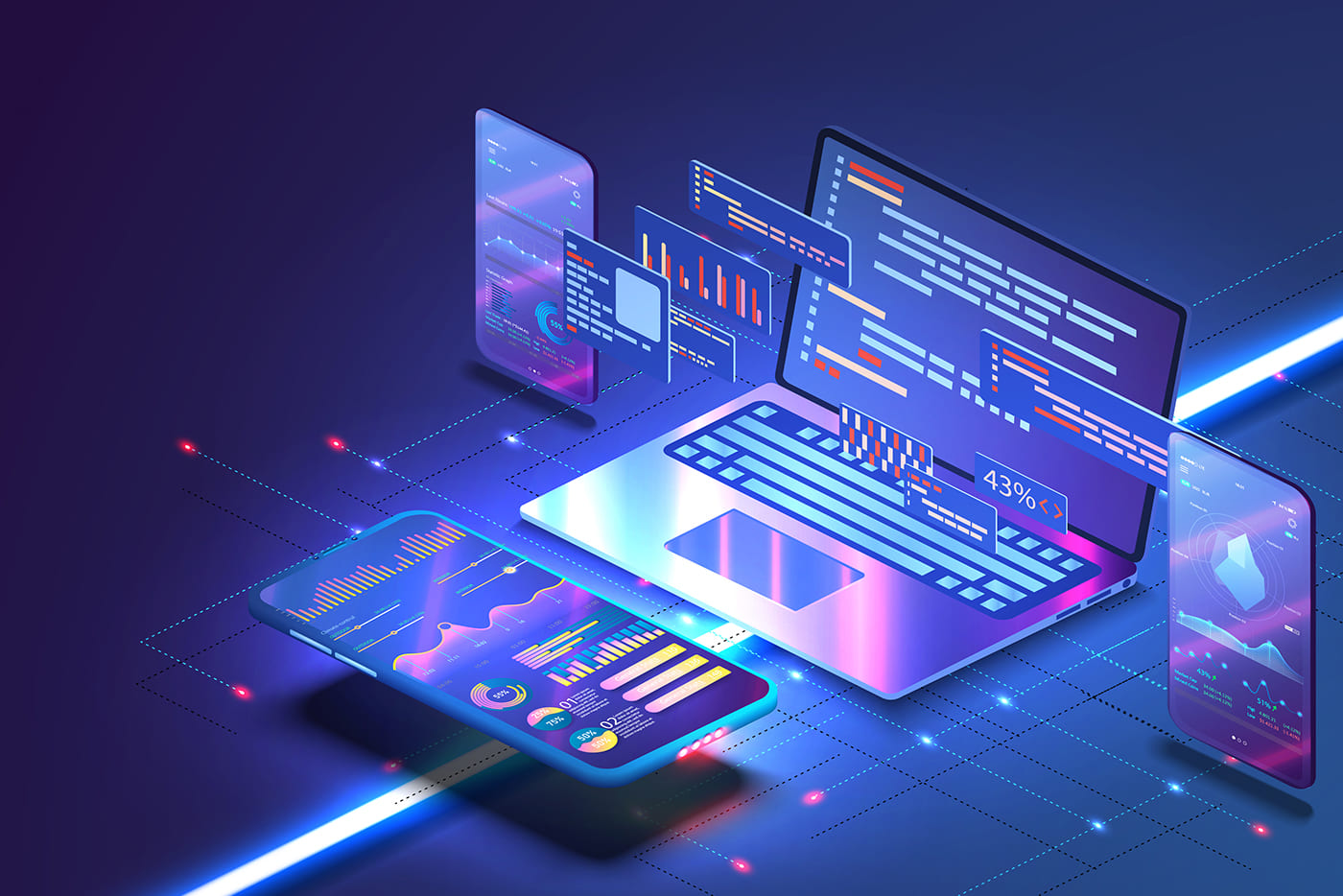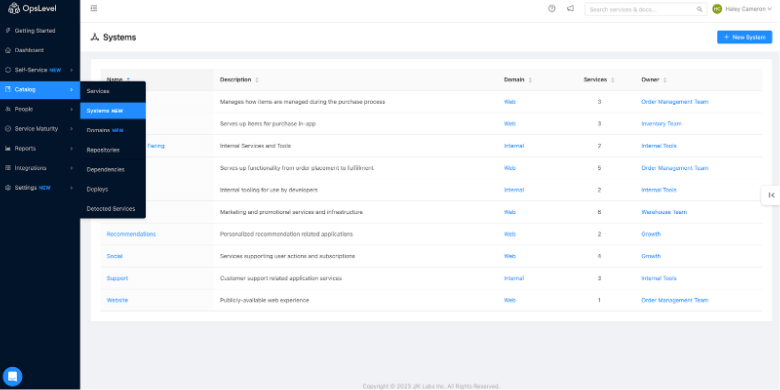Companies and companies have gained a lot from the consequences of the pandemic. Technology has played an essential role in the survival of a variety of companies and institutions, and continues to do so in a continuous manner.
The tech trends of 2025 showed that many companies will become extremely dependent on digital technology, which will reduce the requirement for a facility. Distributed Cloud VR/AR, Blockchain, as well as a rise in the demand for ICT certifications, were also part of the trends of last year.
With this infographic, you’ll discover what you can expect to see for the next year to better prepare your company for the coming year. Learn more as we reveal the top 10 tech trends that 2025 and beyond should be ready for.
Top 10 Technology Trends in 2025 and Beyond You Need to Get Ready For
Hyperscale
Hyperscale refers to the capacity of a system or architecture to expand a distributed computing environment in a way that can meet the ever-growing demands for data.
In the years ahead, “hyperscalers” are expected to lead the IT and software market. The research shows that by 2021, the BFSI sector led the market for hyperscale cloud, which accounted for 25 percent of the market.
Meanwhile, it is estimated that cloud computing for the Manufacturing hyperscale cloud market t predicted to be the most lucrative, with an increase of 31.35 percent. This is due to the use of cloud computing technology that manufacturers are likely to use to ensure that their suppliers are secure, as well as consumer communications.
Data Fabric
One of the major trends in technology in 2025 is data fabric. It is a system that uses sophisticated and automatic systems to provide seamless capabilities across different devices. The ultimate goal of data fabric is to increase your data and accelerate the digital transformation.
The ever-growing volume and variety of data from businesses will fuel this trend, whereas the inability to integrate with traditional systems is seen as a major obstacle. Although there is a lot of opportunity in the growing adoption of cloud, the issue is in the organizations’ reluctance to invest in new technologies.
It is important to note that a powerful data fabric architecture makes use of the combination of bought and built solutions, and no standalone solution is able to support this at present.
Industry Clouds
Like the name implies, cloud clouds for industry refer to systems designed specifically for a specific industry, for example, manufacturing, banking, retail, healthcare, etc. Its primary goal is to help with the needs of management and compliance.
Clouds can address vertical-specific problems. For instance, industry clouds can assist in complying with particular rules and regulations regarding how they process, as well as store and protect their operations and information.
Metaverse
Metaverse is a reference to the virtual, 3D space that is focused on social connections. Within this “integrated system comprised of 3D virtual worlds,” users can meet and play, collaborate, and communicate.
Metaverse’s expansion is believed to be fueled by the rising trend of online gaming, fueled by the epidemic. The main drivers for its growth are the rapid expansion of AI technology usage in Brazil and the rapid growth of virtual reality across North America.
Cybersecurity Mesh
Although it has amazing benefits, including strong cloud security for both onsite and remote workplaces, cybersecurity mesh comes with potential risks.
As an example, the huge expenditure in this type of technology might not yield a return on investment until approximately the next two to three years. IT companies can benefit from the cybersecurity measures; however, they need to be acquainted with the latest security systems for IT.
In 2025, it’s predicted that 75% major firms will be actively pursuing the consolidation of their vendors as well, and 50% implement algorithms that enhance privacy.
Non-Fungible Tokens
Non-fungible Tokens (NFTs) represent digital assets, like artwork, that are a part of blockchains and are not copied. One of the main reasons for NFT market growth is the rising demand for digital art throughout the world.
Another factor is the rising use of crypto, or cryptocurrency. Individuals are used to purchasing digital assets. China, Japan, Singapore as well and the Philippines are the main locations for NFTs within the Asia Pacific region.
Hyperautomation
Hyperautomation employs a variety of technologies, platforms, and tools, platforms as Artificial Intelligence (AI), to automate the majority of IT and business processes as much as possible. The McKinsey study found that 2.6 trillion hours of work time can be automated within the United States alone.
The main reasons for its growth are growing automation trends in the manufacturing and healthcare industries, as well as the improvement of security and compliance initiatives as well and the increasing RPA implementation.
Hyperautomation can be facilitated by various technologies, including low-code or no-code platforms, tools for process mapping, RPA, AI, and machine learning.
Education Technology
Education Technology, also known as EdTech, is the combination of the application of teaching practices and IT tools that help facilitate improved learning. In 2029, the market for EdTech could reach $319.65 billion.
One of the major factors behind this growth is the smart hardware solution, such as whiteboards and interactive projects, as well as learning management tools and augmented IoT technology and devices.
EdTech has many benefits both for students and teachers, including improved collaboration, access to 24/7 learning, and personalized education experiences.
Internet of Behaviors
The Internet of Behaviors (IoB) is a term used to describe the analysis of the customer’s behavior to discover what, why, and the way that people utilize technology to make buying decisions. It blends behavioral science as well as technology, the Internet of Things (IoT), and edge analytics.
IoB advancements are expected as a way for businesses to understand patterns of behavior across multiple platforms, design personalised experiences for customers, as well as communicate with clients in real time. The use of smart technology, e-commerce sites, and tools for data analysis is the key technology that can enable IoB.
Artificial Intelligence and Machine Learning
Artificial Intelligence (AI) is described as the ability to recognize intelligence by machines. Machine learning (ML) is a type of AI that allows systems to learn on their own, without having to be specifically programmed.
The main drivers in the market for AI, as well as machine learning, are the development of deep learning as well as the increase in computers’ computational capabilities. As industries continue to grow as well, the use of software and technology that process and use Big Data will continue to evolve, including AI as well as ML.
Keep Abreast of Technology Trends
As technology evolves and advances, so do the developments. It is essential to stay on top of the latest technology trends for 2025 and beyond since they could impact how customers get to you as well as the growth of your initiatives.
Without knowing the way these trends operate and how they work, you’re giving your competition an advantage, particularly in the current world of digitalization. Utilizing new technology is essential to gaining more customers and remaining at the forefront of technology. Keep this infographic in mind.


